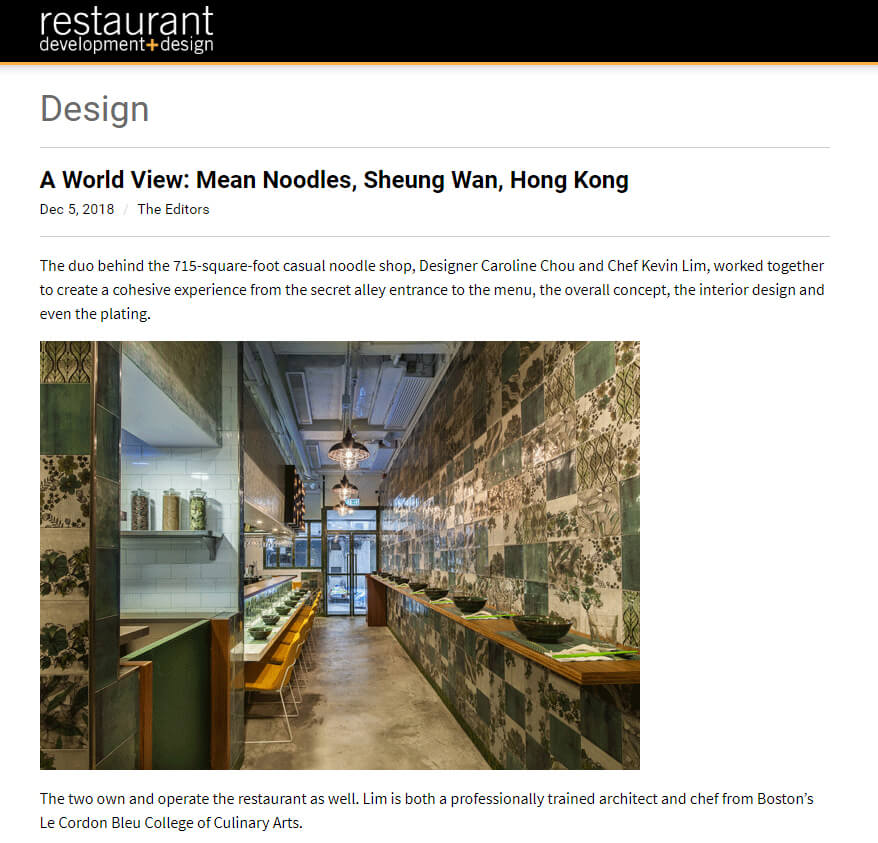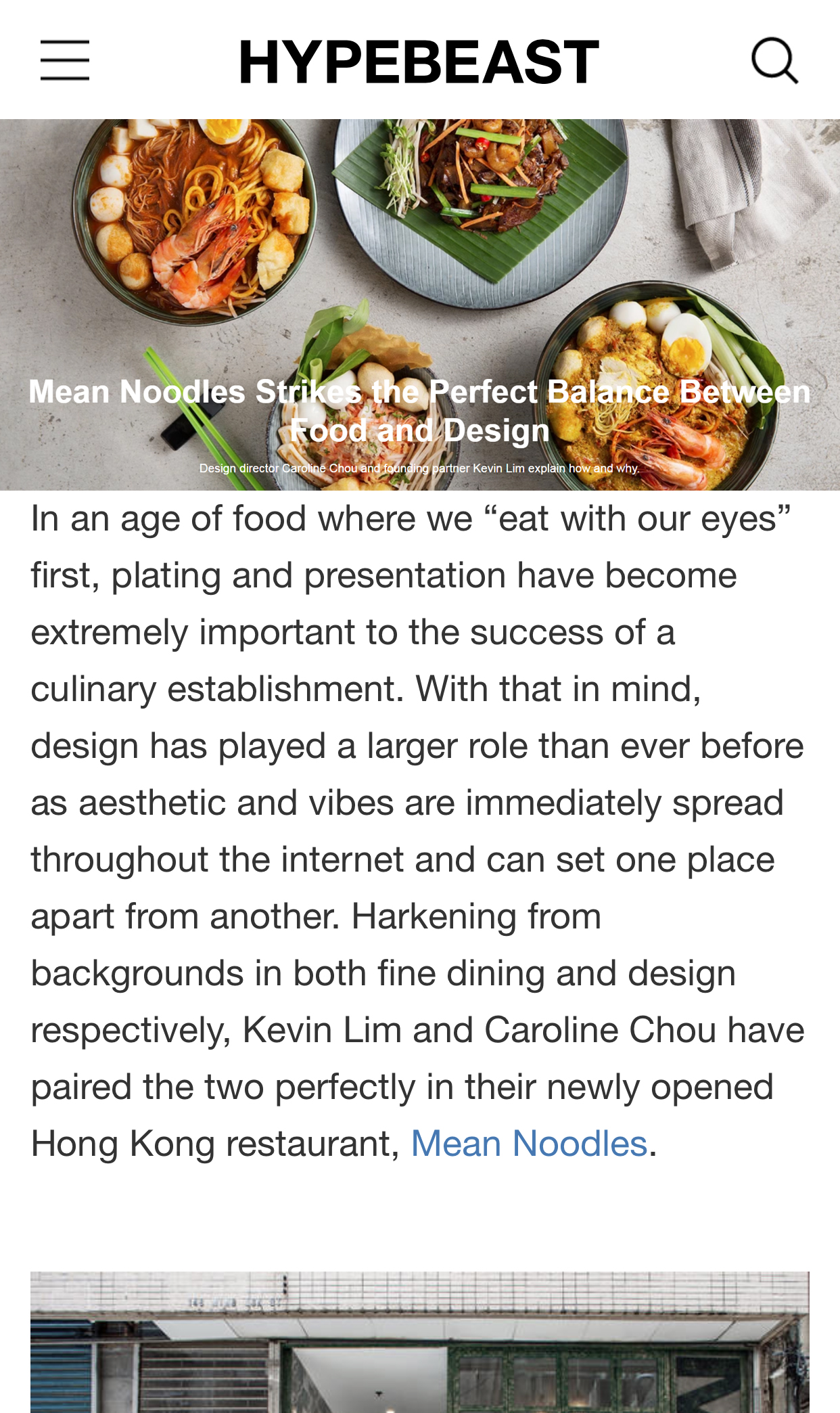Whether you’ve previously started a well-designed restaurant or are new to the industry, you are probably aware to just how vital of a role costs and budgeting play in your overall success. In many commercial spaces, there is a limited ability to make major changes or additions, meaning that the design of your restaurant must be able to fit within predetermined layouts and budgets.
To make the most out of your restaurant design budget, utilize the following tips and boldly move forward to design the restaurant of your dreams.
Why Budgeting and Design Experts Go Hand in Hand
The ultimate goal of any restaurant is to stand out amongst the crowd. To do so, many restaurant developers assume that they will need a large budget to work with to create a truly unique concept and customer experience. However, when you choose to work with a restaurant design team, you can stretch a modest budget further than you may have thought. Restaurant design experts know how to work around challenging spaces to showcase your concept, streamline renovations, and address any design obstacles that could be costly.
Designing with the Future in Mind
Whether you’re aiming to create a stand-alone restaurant or eventually break out into a chain, it’s important that you utilize your budget to avoid future problems. It’s better to make sure that you get the job done right the first time, rather than experience costly mistakes due to poor budgeting and design during your initial planning.
Restaurant Design Budget in the Kitchen
For the most part, a large chunk of any restaurant design budget will be used to repurpose and create a best-in-class kitchen. The kitchen is the heart of any successful restaurant, with plenty of moving parts that chefs and servers alike rely upon to keep service running smoothly. From plumbing to powering gas ranges, there are plenty of costs to consider when designing your kitchen. This should include a fund for inevitable repairs of large-scale commercial kitchen equipment.
How Much of Your Overall Budget Should Be Put Aside for Restaurant Design?
According to Aaron Allen & Associates, restaurant developers often spend around 10% of their construction budget on the design and planning of the restaurant. Additionally, they find that the cost of building a restaurant to be anywhere between $85 and $300 per square foot, but costs can increase as your restaurant uses more high-end materials, as are often used in fine dining establishments.
If you’re working within a set budget for your restaurant, discuss your options with a professional design studio who can help you avoid obstacles and bring your restaurant concept to life cost-effectively. For more information on creating a restaurant design budget for your future best-in-class dining establishment, contact us.



